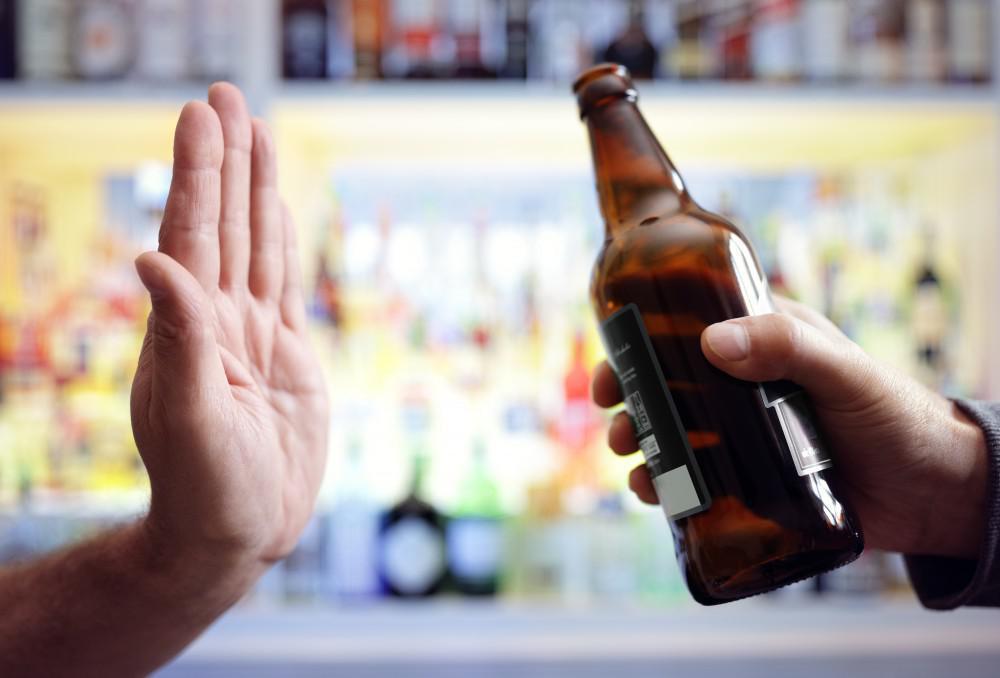
5 Tips for Staying Sober
You’ve done the work to become clean and sober, and you want to do what you can to stay that way. Here are five great tips that will help you safeguard your freedom from a substance use disorder.

The numbers surrounding opioid addiction are mind-boggling. Take this one for instance: 130 Americans die because of an opioid overdose every day. Or this one: 80% of heroin users started by misusing prescription painkillers. Opioid addiction is an equal opportunity problem — it affects millions of people no matter their social or economic standing.
At Northview Wellness Practice in Bothell, WA, our goal is to help our patients lead happy, healthy lives by providing the highest quality medical care possible. If addiction is part of the landscape of your life, we have the tools you need to break free from the problem.
One of the best tools to put you firmly on the road to recovery is Suboxone® — here’s a look at how it can help you or your loved one start winning the battle against addiction.
The hold that opioids can take on your physical and mental health cannot be underestimated, which is what makes the substance so highly addictive. Opioids work by attaching themselves to receptors in your brain. This creates enough of a pleasurable effect that your brain actually rewires itself to receive more of the drug. This is how addiction begins.
As the opioids take over your brain, you experience uncontrollable cravings, and you can’t stop them. This desire is only one side of the coin, though. Opioid use also leads to dependency, which means your body goes into withdrawal when you take opioids away.
The physical symptoms of withdrawal from opioids can be so terrible, including body pain, drenching sweats, vomiting, shakes, diarrhea, that even the strongest-willed people come crawling back to get more opioids to find relief from withdrawal.
These two sides of the equation — the hold opioids have on your brain and the dependency of your body on the drugs — make quitting opioids a tough road. That’s where Suboxone comes in.
There are two active ingredients in Suboxone: buprenorphine and naloxone. The first ingredient, buprenorphine, is a partial opioid agonist, which blocks the opiate receptors in your brain. This has the effect of reducing your cravings and reducing or eliminating your withdrawal symptoms.
The second ingredient, naloxone, works as a deterrent to keep you from abusing the medication (which means you don’t snort or mainline it into your system).
In other words, Suboxone delivers enough of the opioid to offset withdrawal, but prevents the drug from having such a strong effect on your brain’s wiring. The end result is that you are able to carry out the normal functions of daily living without dealing with debilitating withdrawal symptoms.
All of this means your brain does not crave Suboxone like other opioids. This gives us the time and ability to slowly walk you down the mountain of addiction by reducing the amount of opioid you are taking in over time. The two ingredients in Suboxone make the withdrawal process easier while helping to prevent relapse by interrupting your brain’s wiring so it no longer demands more opioids.
We can’t put a number or guarantee on how effective Suboxone is for kicking opioid use to the curb. You can’t just take Suboxone and expect everything to work out fine. Getting yourself disentangled from an all-encompassing addiction requires a commitment to the process and using all of the tools available, including medication and both individual and group therapy (think 12-step meetings, Refuge Recovery or SMART Recovery).
The advantage of Suboxone is that it does a great job of getting you through the first — and probably the most difficult — step of breaking an addiction. So, in that regard, Suboxone is highly effective. The next steps are yours to make, but at Northview Wellness Practice, we’re here to help you through every phase because we’re committed to walking your road to recovery with you.
To learn more about breaking free of opioid addiction with Suboxone, please contact us to set up an appointment today!

You’ve done the work to become clean and sober, and you want to do what you can to stay that way. Here are five great tips that will help you safeguard your freedom from a substance use disorder.

The connection between a substance use disorder and a mental health issue is a strong one, as the nearly eight million Americans who have a co-morbidity prove. When this occurs, treating both issues is paramount.

Addiction is a chronic disease that requires constant vigilance and good management. When a person falls short, relapse can occur. If you’re worried that a loved one has relapsed, here are some signs to look out for.

You believe that you’re drinking isn’t normal anymore, and you’re tired of the overwhelmingly negative effects that alcohol is having on your life. The good news is that alcoholism is highly treatable.

The rise in availability of telehealth services has been great news for those who need (or would prefer) to receive quality health care from the comfort of their own homes. These services also extend to substance use disorders.

Marijuana may be legal, but like with alcohol, how you use this legal substance makes a difference. If you develop a use disorder, marijuana can be quite harmful and affect a number of areas of your life.